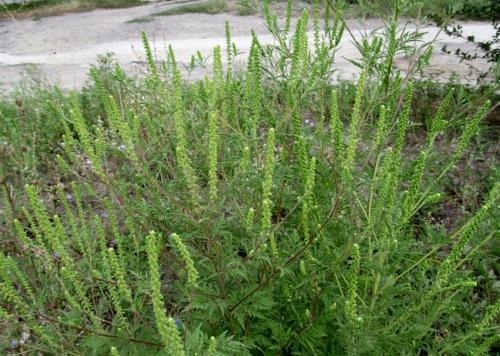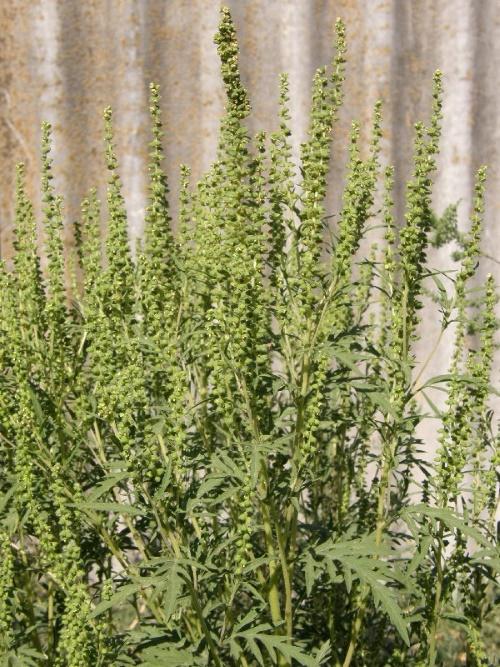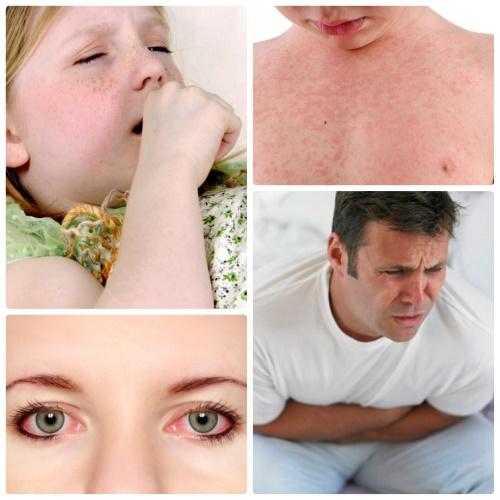Ambrosia bloom time - getting ready to face danger
 The flowering time of ragweed is a real test for allergy sufferers. Even if there are no plant thickets nearby, this does not guarantee safety. Its fine pollen is carried by winds far beyond the limits of growth. After inhaling it, asthmatics are forced to go to the hospital due to the aggravation of their condition. Children, people with weak immunity, with a tendency to allergic reactions - this category is the most vulnerable. Moreover, sneezing and rhinitis are only the most harmless signs. allergies... In some cases, ragweed pollen is fatal. Sometimes people are forced to close in their homes, take vacations from work, and even leave before the ragweed blooms. When to expect danger and how to understand that you could not resist it?
The flowering time of ragweed is a real test for allergy sufferers. Even if there are no plant thickets nearby, this does not guarantee safety. Its fine pollen is carried by winds far beyond the limits of growth. After inhaling it, asthmatics are forced to go to the hospital due to the aggravation of their condition. Children, people with weak immunity, with a tendency to allergic reactions - this category is the most vulnerable. Moreover, sneezing and rhinitis are only the most harmless signs. allergies... In some cases, ragweed pollen is fatal. Sometimes people are forced to close in their homes, take vacations from work, and even leave before the ragweed blooms. When to expect danger and how to understand that you could not resist it?
On the territory of our homeland, most often you can find three varieties of ragweed: wormwood, tripartite and holomelate.
Ambrosia flowering time for different regions

- Krasnodar Territory: the beginning of flowering in late July, massive - in mid-August;
- Crimea: beginning in mid-July, massively in early August;
- Volga region: from August to mid-September;
- central band: from early August to the second decade of September;
- Primorye: from mid-July to September;
- Khabarovsk Territory: beginning - in mid-July, massively - in the first decade of August.
Allergy symptoms
 If in the summer your health suddenly changed, and there are no obvious reasons for concern, you should suspect an allergic reaction to ragweed bloom. It manifests itself with the following symptoms:
If in the summer your health suddenly changed, and there are no obvious reasons for concern, you should suspect an allergic reaction to ragweed bloom. It manifests itself with the following symptoms:
- constant lacrimation;
- lingering rhinitis (runny nose);
- dry cough without phlegm;
- development of the inflammatory process of the eyes;
- rashes on the skin;
- frequent dizziness;
- insomnia;
- depressive state;
- inflammation of the larynx and airways.
It is possible to completely cure ragweed allergy only by eliminating the source of the problem. Taking antihistamines can help relieve the condition.